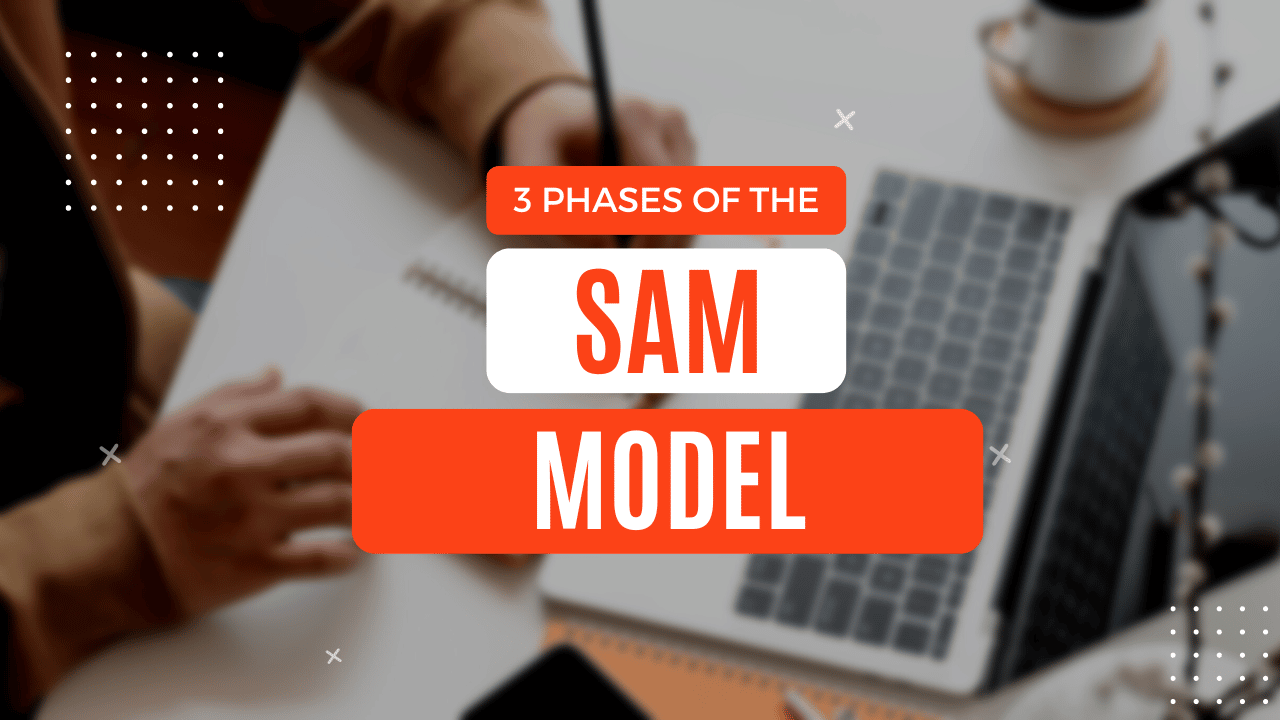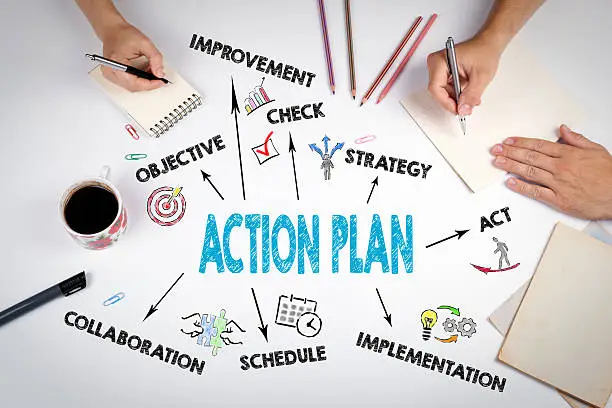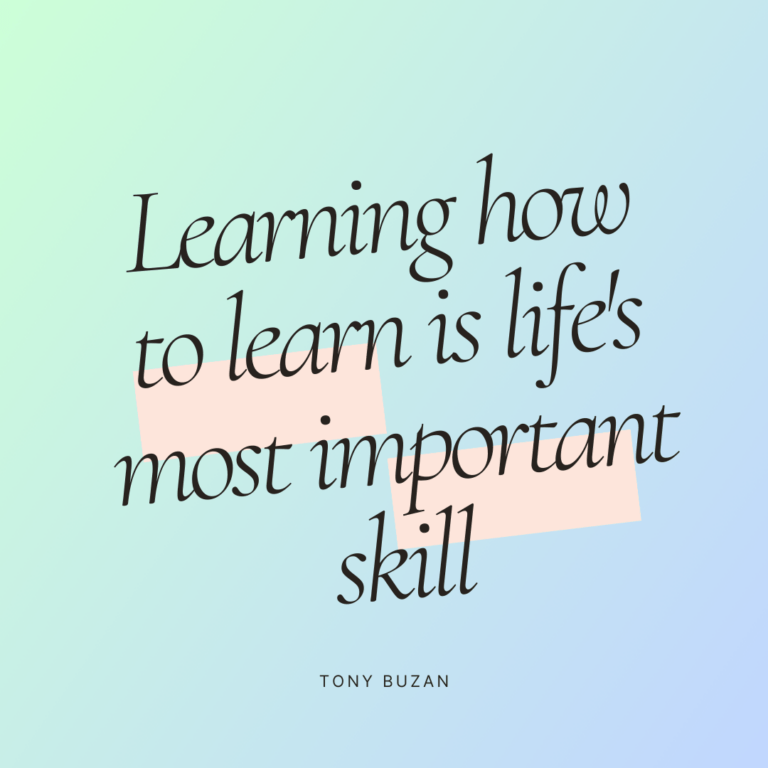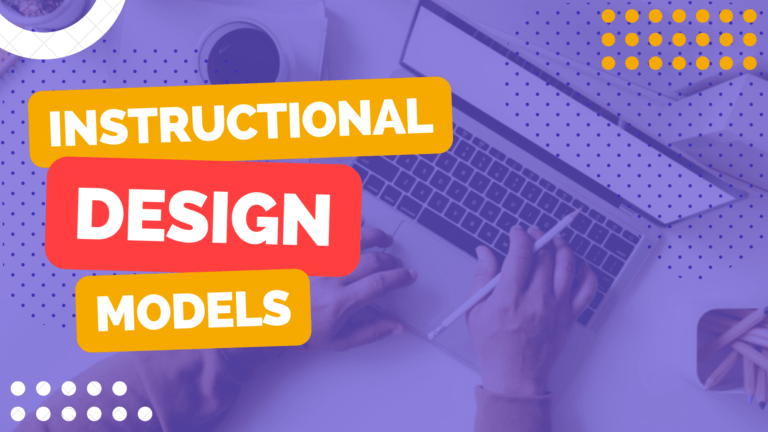SAM Instructional Design Model | 3 Phases of Successive Approximation Model

Some instructional design models try to convince you that the ideal course of action is a slow and steady one. However, some e-Learning projects require rapid-fire design. The SAM instructional design model enters the picture at that point.
Learn about the model, its phases, and its advantages in this post. Additionally, you’ll discover why it might be preferable to conventional eLearning development methods.
The SAM Instructional Design Model: What Is It?
A development strategy for online learning called the Successive Approximation Model (SAM) promotes speed above perfection. Instead of fixating on one ideal answer, SAM uses feedback to test and change as needed.
Preparation (early user feedback gathering), Iterative Design (rapid prototyping and execution), and Development are all involved (adjustments based on evaluation after implementation).
The “approximation” of the ultimate solution consists of the initial draft or prototype. And because it is “successful,” the SAM advances in brief, incremental stages.
SAM educational design has short turnaround times and strict deadlines. Because of this, it emphasizes progress rather than perfection, which is a basic tenet of rapid e-Learning development.
Also cooperative is the Successive Approximation Model. Feedback on the prototypes is provided by stakeholders and subject matter experts (SMEs). The prototypes are then improved based on user feedback by learning experience designers, visual designers, programmers, and eventually animators and quality control professionals.
E-Learning project managers won’t have to incorporate conflicting input or search through their email inboxes for lost feedback if they use online review platforms like zipBoard. The team’s search for the greatest choices is aided through collaboration.
Now, how does this quick method of creating e-Learning projects contrast with a more conventional methodology?
Read also: Flipped Classroom Model: Easy Strategies for Its Implementation
Traditional Instructional Design against the SAM Model
Traditional e-Learning development techniques, like ADDIE, put a lot of emphasis on gradually improving a solution. This indicates that conventional projects have a lengthy schedule that frequently lasts for months. Additionally, traditional teams don’t spend time considering alternate designs. Instead, they present just one well-chosen option.
On the other hand, the SAM draws motivation and encouragement from interim deadlines. Its guiding principle is to try things out early and fail quickly. Sounds a little scary, no? However, innovation occurs if you become accustomed to the qualities of the process and concentrate on ongoing development. And it really might surprise you a lot!
Traditional methods are straight lines, whereas the Successive Approximation Model is by nature fluid. As a result, it goes quicker, much like water! It is therefore flexible enough enable iterate prototyping based on input from SMEs and other parties. In other words, you can go back and repeat certain steps in the procedure.
In comparison to conventional methods, the SAM instructional design model is more adaptable. But first, let’s identify its constituent parts.
The SAM’s Phases
The three phases of the Successive Approximation Model are as follows. See them down below.
1. Preparation Phase
Depending on the specifics of the e-Learning project, the preparation period can vary, but it should go fairly quickly. Initially, background data about students are gathered, including:
- Your staff’s approaches to learning
- The competencies that your employees should acquire
- What they currently know and what they need to learn
It also starts with establishing the project’s objectives. Then, SMEs, learning experience designers, and other stakeholders come together to explore ideas for the design and delivery of the learning experience. The SAM refers to such discussion as the “smart start.”
Rapid prototypes with poor interaction or rough storyboards could be the outcome of the clever beginning.
2. Iterative Design Phase
The e-Learning solution is designed, functional prototypes, and reviewed during the iterative design process.
After the clever start, the project is in the planning stage. Project managers for e-Learning then establish the project schedule and allocate tasks.
The additional design phase then begins. As the design develops, the storyboards and prototypes that were created during the planning stage become more polished (in iterations).
The iterative design phase’s objective is to evaluate the e-Learning solution—or alternative designs—for SMEs and other stakeholders. In this manner, they will support the ultimate solution in the future and contribute to its creation.
Additionally, their comments will be included into the ensuing design iterations. Their level of assurance that the solution will meet their training needs will rise as a result.
3. Iterative Development Phase
In iterative development, the group creates and applies the ultimate resolution (iteratively). They produce a design evidence that encapsulates the agreement reached during the prior stage. They also use this artifact to polish and check the functionality and design of the solution.
Then they begin creating all of the information and the three different solutions.
Beta version is a version that has been adjusted to address bugs and omissions in the alpha version. Gold version is the final, completely working version that doesn’t need any fixes or improvements SMEs, other stakeholders, and important consumers can assess the solution at each iteration. Their comments serve as input for the subsequent revision and could lead to immediate adjustments or enhancements. This strategy is used to avoid running over budget or meeting the deadline for delivery.
It’s time for rollout after iterative development is complete. The Successive Approximation Model’s main axes are then covered.
The SAM’s Most Significant Features
If we were to pick only a few advantages to highlight the SAM’s strength, they would be:
Quality increases gradually but quickly
SAM In the solution development process, instructional design doesn’t focus all of its efforts on the initial iteration or round. It accepts the rapid creation of flawed solutions. On the other hand, until you find the precise solution, you can test them repeatedly.
The length of iterations frequently gets shorter as the project develops. As a result, creating the first draft of a solution sometimes takes longer than creating subsequent iterations. Do you know the cause?
Yep! It gets simpler for the crew to comprehend what the ideal last solution should resemble as more feedback from the initial iteration is received. They can thus customize the learning experience to your company’s training requirements as well as the learning preferences of your staff.
The team is aided in understanding through SAM instructional design that:
If the feedback suggests changing their initial suggestion, they may do so drastically.
Because a better version of the solution is just around the bend, failing is OK.
However, the deadlines are short to enable quick rollouts.
Flexibility Fosters Development
Not everyone should use the SAM. The evaluation rounds cause some eLearning developers some degree of unease. Others like starting projects with a resolution that appears to be complete.
eLearning teams use the Successive Approximation Model to avoid concentrating on a single solution. And as a result, it is simpler to spot when something isn’t working or should be improved.
The reality is that even eLearning solutions created using conventional methods fall short. Additionally, an iterative approach to eLearning development is frequently successful, despite the SAM appearing hurried or careless. Additionally, it encourages creativity, which accelerates the entire process.
Read also: How to Create a Standard e-Learning Course
A Few Final Notes
eLearning solution prototyping, evaluation, and improvement are all part of the SAM. Fast! Additionally, without sacrificing the degree of customization.
The approach aids you in noticing if a component of the solution doesn’t function as intended by providing feedback. As a result, throughout a project, you evaluate the effectiveness of the training content, visual design, and interactivity.
Offer you have inquiries regarding the SAM and all that it can do for your company? Don’t think twice! Message us.







